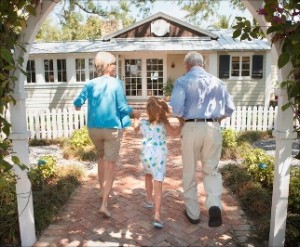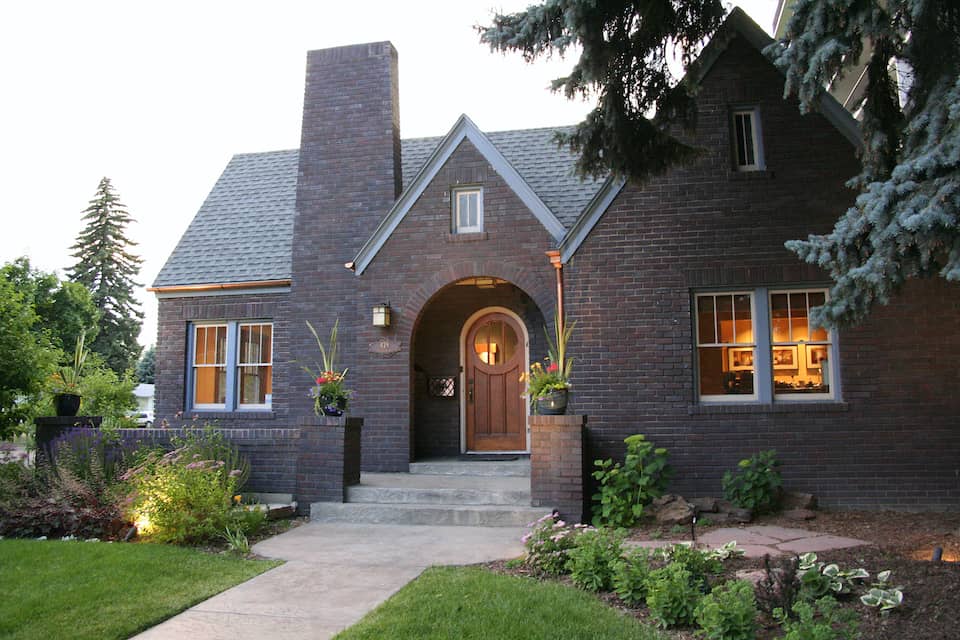 A growing trend by those starting to retire is commonly referred to as “Aging-in-place”. Aging in place means living in your home safely, independently, and comfortably, regardless of age or ability level. It addresses the need to remodel existing homes, and design new homes, so people can properly “age in place”. To Age-in-Place you will probably need to modify your home as you mature to increase access and maneuverability. These modifications range from bath and shower grab bar installations to first floor master suite remodels. The goal is to make the home safer, with less maintenance and more barrier free.
A growing trend by those starting to retire is commonly referred to as “Aging-in-place”. Aging in place means living in your home safely, independently, and comfortably, regardless of age or ability level. It addresses the need to remodel existing homes, and design new homes, so people can properly “age in place”. To Age-in-Place you will probably need to modify your home as you mature to increase access and maneuverability. These modifications range from bath and shower grab bar installations to first floor master suite remodels. The goal is to make the home safer, with less maintenance and more barrier free.
Here is a list of typical modifications:
Getting safely and securely into and out of the house.
- Better outdoor lighting to get you from your car to the door.
- Attractive ramps or a “zero step entrance” for the home.
- Install a package shelf by front door.
- Add handrails at existing steps and porches.
- Front door with sidelight for security.
- Avoid stairs: build one-story ranch designs for new homes.
Changes in the kitchen for easier meal preparation and eating.
- Lever-handle faucets with pull-out spray.
- Raised dishwasher to avoid back strain (a good idea for front-loading washers and dryers, too).
- Rolling island that can be placed back under the counter.
- Revolving corner shelves and pull-out shelves.
- Lower, side-opening oven.
- Pull-out cutting board.
- Adjustable height sink.
- Side-by side refrigerator with slide-out shelves and a water/ice dispenser.
- Cooktop with controls on front .
- Larger, friendlier cabinet and drawer pulls.
Changes in the bathrooms – the Number One place for accidents in your home.
- Install 2 to 3 attractive looking grab bars in shower.
- Lever handles on faucets.
- Slide-bar-type hand-held shower, for sitting or standing.
- Shampoo nooks inset in the wall.
- Curbless showers – nothing to step over, and can be rolled into if a wheelchair becomes necessary later.
- Tub and Shower controls moved closer to entry point.
- Anti-scald, temperature and pressure balanced tub shower valves for safer bathing.
- Widen entry doors to at least 32”.
- 32”-36” pocket doors.
- Higher toilets with non-slam seats and lids.
Moving around within the house:
- Improve lighting with recessed fixtures in common areas and hallways.
- Lever handles on doors and windows.
- Lower light switches and thermostats; raise outlets.
- Planning for future elevator, by stacking closets.
- Adding blocking in walls for future chair lift at stairs.
- Wider doors that accommodate wheel chairs and walkers.
These are just a few examples. Virtually all rooms of your house can be improved, even closets and garages.
To obtain more information about “Aging-in Place” or the CAPS program visit the National Association of Home Builders (NAHB) at www.nahb.org

